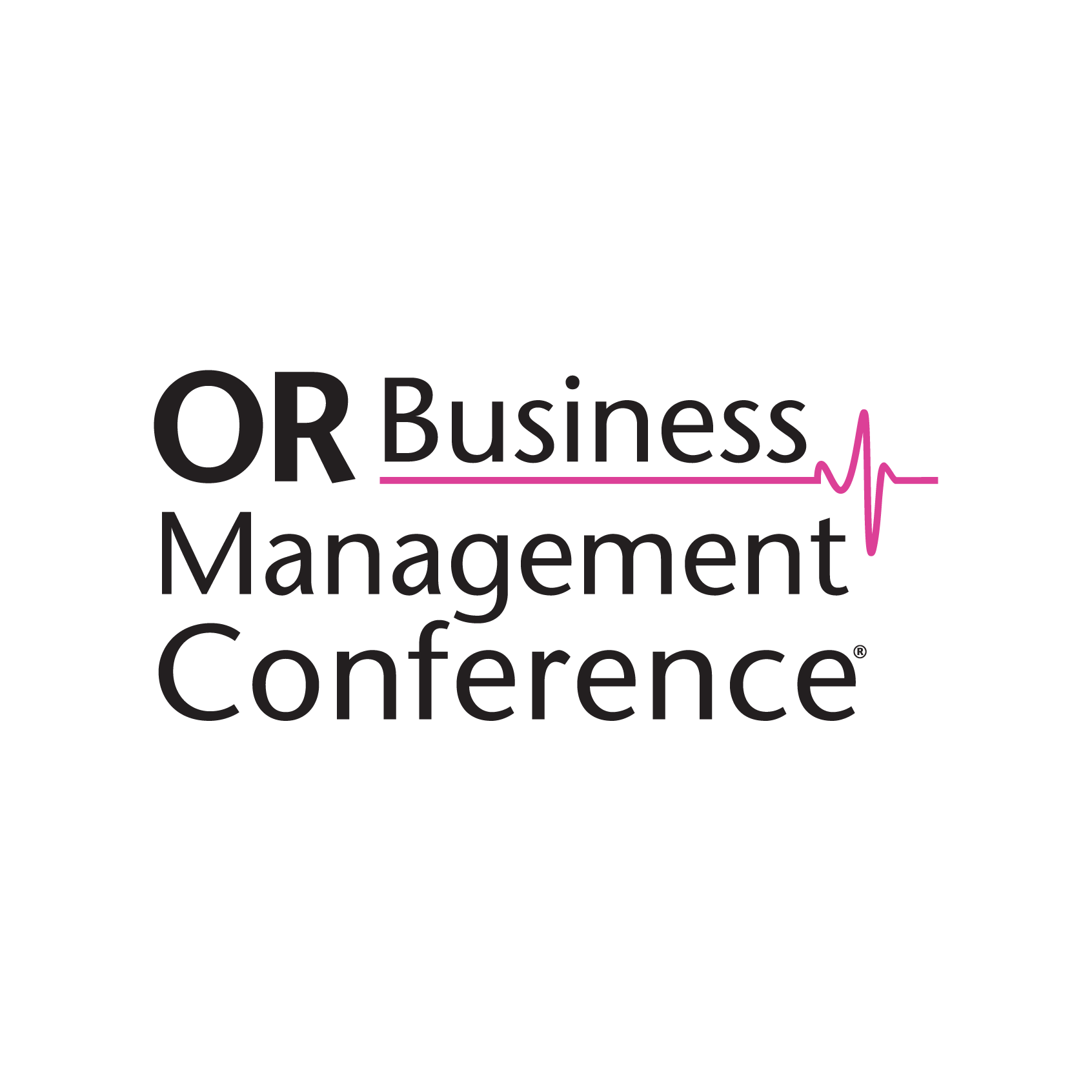Sustainable surgery can cut costs, reduce emissions, improve care, review finds

Editor's Note Surgical teams can dramatically reduce healthcare’s carbon footprint through waste reduction, energy efficiency, and smarter procurement, Cureus October 7 reports. The review’s authors describe surgery as both a major environmental challenge and a key opportunity for hospitals to align climate responsibility with clinical and financial goals. Healthcare contributes…
June poll results: How perioperative leaders are responding to tariffs and financial, supply chain pressures

The ongoing turbulence in global trade policy, particularly the re-escalation of tariffs on medical supplies from China and other countries, is weighing heavily on US healthcare operations. Sweeping US trade policy shifts this year are sparking great concern, but while 2025 has seen unprecedented tariff escalations and supply chain volatility,…
Tariffs stir uncertainty in hospital supply chains, health insurance premiums

Editor's Note Recent reporting from Axios reveals hospitals and health insurers are reporting new concerns about rising tariffs and trade policy uncertainty, with the former delaying purchasing decisions and the latter planning premium increases as a result. In the first article, published June 18, the outlet reports that health system…
Capital funding crunch spurs creative hospital financing

Health systems are fundamentally capital intensive. They are regulated; depend on highly educated, high-cost employees; and operate under complex reimbursement structures. Investing in new technologies and infrastructure upgrades is imperative to keeping up with the latest medical advances. But what happens when capital funds are insufficient or no longer available?…
Session: Crew Incentives: 3 Guiding Principles to Leverage Value Analysis Teams

Editor's Note Jasmine Hampton-Nicholson MSN, RN, CNOR, learned the value of a value analysis team (VAT) the hard way. “I thought that we had a very solid process for our value analysis team,” said the VP of perioperative services at Temple University Health System in a presentation at 2025 OR…
Three strategies for demystifying the ASC supply chain puzzle

Ensuring safe, quality care requires precise alignment among inventory levels, delivery schedules, storage solutions, and every other element of the supply chain. A single missing piece of this puzzle—say, a delayed shipment or a storage issue—can disrupt the entire picture. Making the pieces fit can be difficult for any healthcare…
$350 million invested in medical gowns for Strategic National Stockpile

Editor's Note Six US companies will manufacture approximately 250 million medical gowns as part of a government effort to shore up supplies that were subject to shortages during the COVID-19 pandemic, the Associated Press (AP) reported October 3. Led by the Administration for Strategic Preparedness and Response (ASPR), the initiative…
Innovation Spot: Leveraging technology to address gaps in staffing
Is technology part of the answer for nursing staff woes? As COVID-19 patients continue to fill hospital beds, caregivers are feeling exhausted, burned out, and unappreciated. OR nurses have been especially hit hard, as shifts in surgeries and overflowing patient wards stretch OR nurses beyond their limits and comfort zones.…
Impact of supply chain crisis on surgical services
What happens when global supply chains—which are already typically operated lean across the board—are hit with a once-in-a-century pandemic? An ongoing, collective lesson in economics. The problem is not hard to understand: COVID-19 shutdowns brought manufacturing to a near standstill, during which time the demand for goods increased, and now there…
APIC outlines actions needed to battle future pandemics while fighting rising HAIs
Editor's Note The Association for Professionals in Infection Control and Epidemiology (APIC) on March 8 announced the publication of a new report outlining actions needed to successfully battle future pandemics while fighting the rise in healthcare-associated infections (HAIs). Some recommendations in the 66-page report, titled “Between a Rock and Hard…

 Free Daily News
Free Daily News